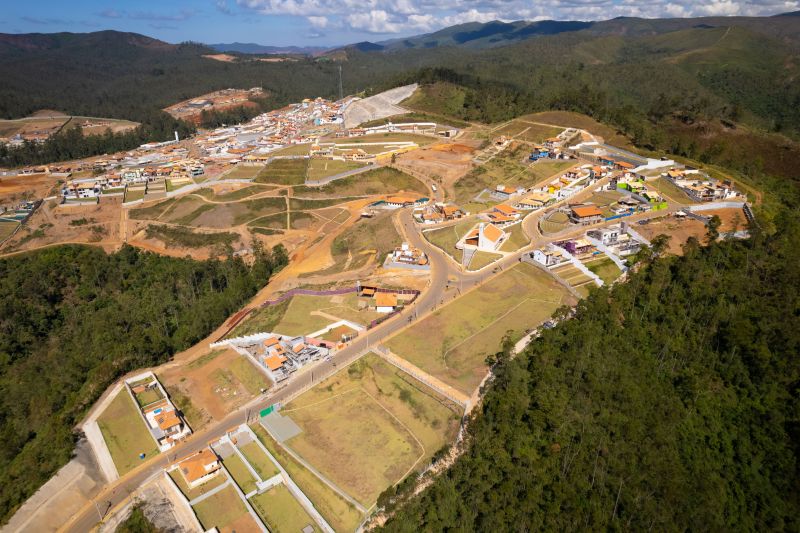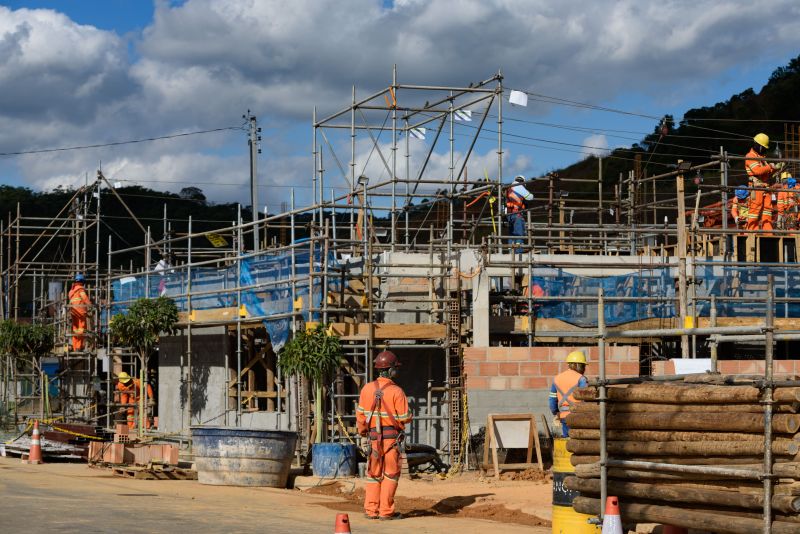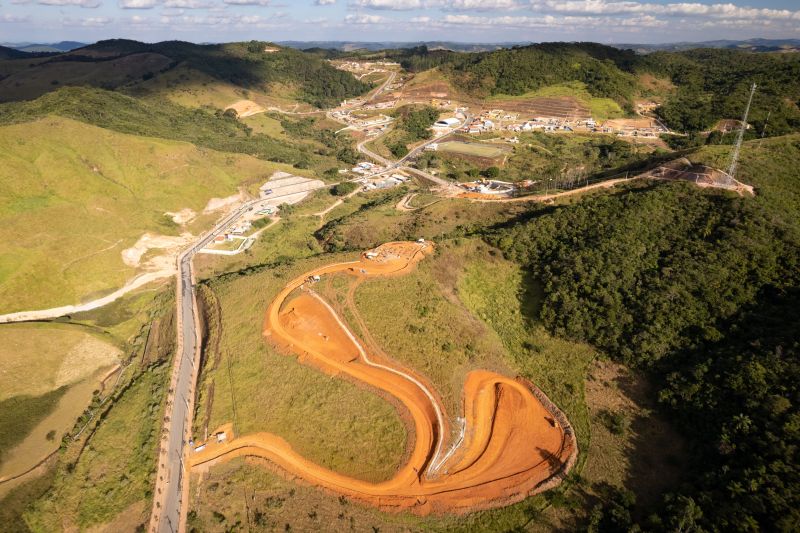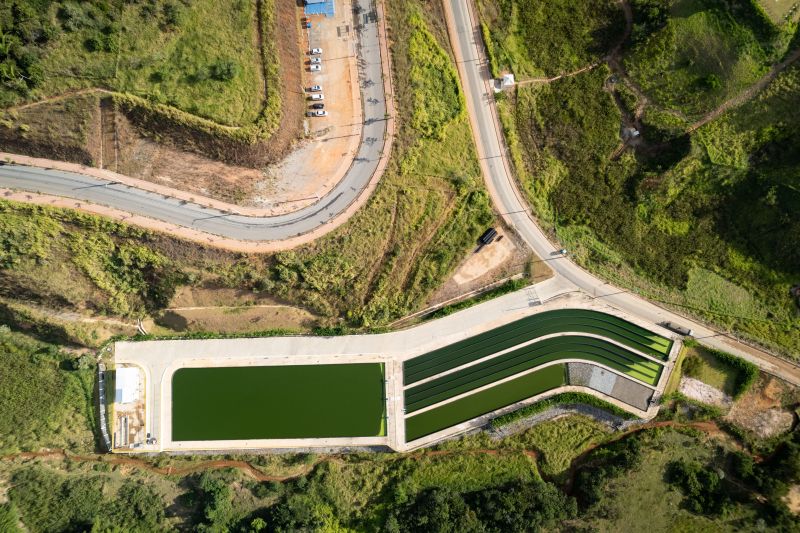On November 5, 2015, the catastrophic failure of the Mariana Dam in Brazil sent shockwaves through the local community and beyond, sparking a watershed moment in the regions approach to infrastructure development and environmental safety. The ensuing torrent of muddy waste, unleashed into the Doce River, devastated entire ecosystems and impacted the livelihoods of countless families.
But the disaster was more than a tragic environmental incident; it served as a grim catalyst for change. In the wake of such devastation, a reevaluation of safety protocols and structural integrity became unavoidable.
Communities found themselves at a crossroads—grappling with a legacy of negligence while striving for resilience against future disasters. As the dust began to settle and the profound ramifications of the disaster took root, a new conversation about responsible infrastructure and sustainable practices emerged, reshaping the very framework of local governance.
The Mariana Dam disaster, then, was not merely an event but a pivotal point that transformed how infrastructure is perceived and built in the region, blending urgency with hope for a safer, more robust future.
Introduction to the Mariana Dam Disaster

The Mariana Dam Disaster, which unfolded in November 2015, stands as a stark reminder of the fragility of human infrastructure in the face of natural forces and industrial oversight. When the dam, operated by Samarco, a joint venture between Vale and BHP Billiton, ruptured spectacularly, it unleashed a torrent of toxic sludge that cascaded down the Doce River, devastating ecosystems and communities along its path.
The immediate aftermath was chaos—houses swallowed by mud, lives upended, and a community grappling with profound loss. Yet, the disasters implications rippled far beyond the initial destruction.
It sparked intense scrutiny of local infrastructure, prompting a reevaluation of safety protocols and disaster preparedness across Brazil. This catastrophe not only reshaped the physical landscape but also ignited urgent conversations about responsibility, regulation, and the future of sustainable development in regions reliant on mining and heavy industry.
Community Engagement and Recovery Initiatives

In the wake of the Mariana Dam disaster, community engagement emerged as a cornerstone of the recovery process, uniting diverse voices in a shared effort to reclaim their environment and restore trust. Local residents, once mere observers of bureaucratic decision-making, found their footing as active participants, galvanizing grassroots initiatives that emphasized transparency and collaboration.
Town hall meetings brimmed with passionate discussions, as citizens shared personal stories of loss and resilience, fostering a powerful sense of camaraderie. Simultaneously, innovative recovery programs began to take shape: eco-restoration projects sought to revitalize damaged ecosystems while educational workshops equipped locals with the skills to advocate for sustainable practices.
This intertwining of recovery and engagement not only illuminated the path forward but also transformed a community scarred by tragedy into a resilient, cohesive force, dedicated to rebuilding not just their infrastructure, but the very fabric of their society. Through this collective endeavor, they redefined their identity, channeling grief into action and hope for a safer, more sustainable future.
The Role of Technology in Infrastructure Resilience

The integration of technology in enhancing infrastructure resilience has emerged as a pivotal response to the lessons learned from the Mariana Dam disaster. Advanced monitoring systems, equipped with sensors and real-time data analytics, now offer unprecedented insights into structural integrity, enabling preemptive maintenance before disasters strike.
Drones and satellite imagery are increasingly employed in assessments, delivering aerial views that help detect vulnerabilities inaccessible by traditional methods. Moreover, the rise of smart materials, capable of adapting to their environment, introduces an innovative approach to constructing more durable infrastructure.
Yet, the transformation is not solely dependent on cutting-edge technology; community engagement and collaborative platforms play an essential role in ensuring that these tools are utilized effectively. In this way, technology not only fortifies infrastructure but fosters a more resilient society, prepared to withstand future challenges.
Conclusion
In conclusion, the Mariana Dam disaster serves as a stark reminder of the critical importance of robust infrastructure and rigorous safety measures in the mining industry. The catastrophic failure of the Samarco barragem revealed significant vulnerabilities within local systems and highlighted the urgent need for comprehensive reforms. In the aftermath, the affected communities have begun to see a gradual transformation in infrastructure investments, prioritizing sustainable development and disaster resilience.
As new regulations and improved practices are implemented, the lessons learned from this tragic event will shape a safer and more secure future, not only for the region but also for similar industries worldwide.


